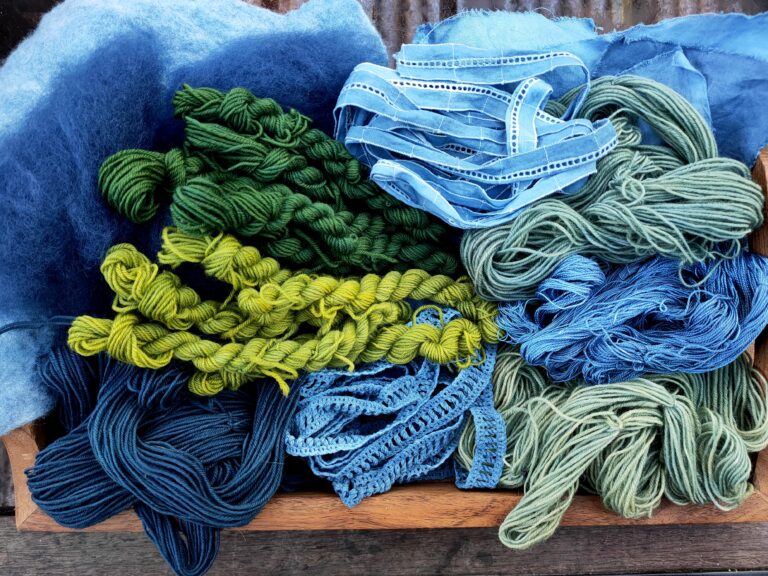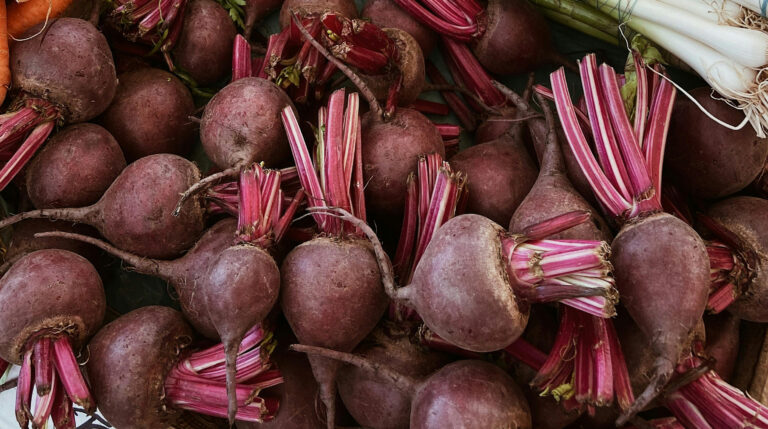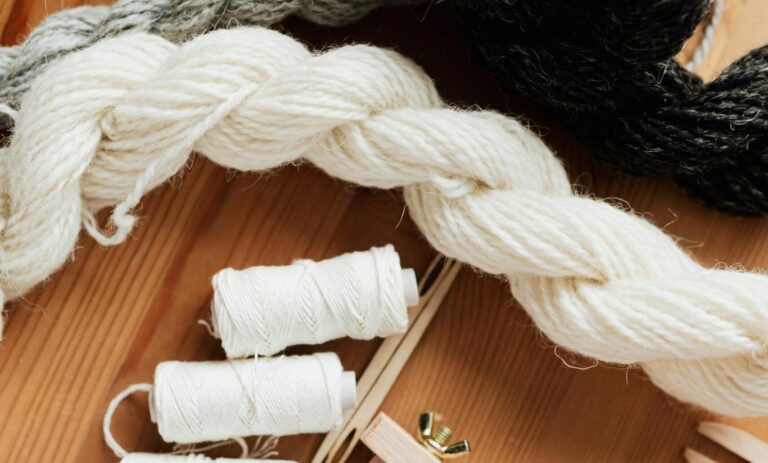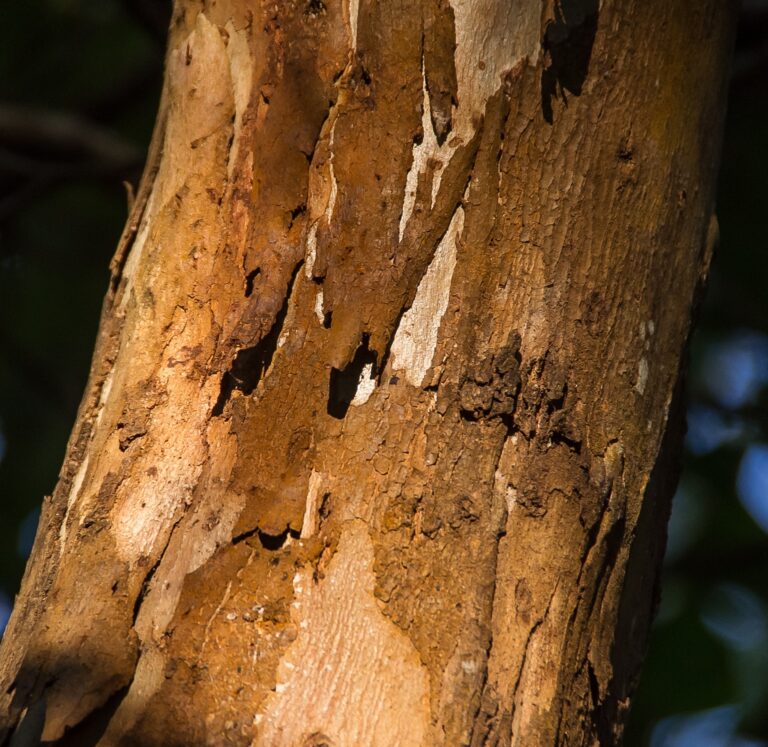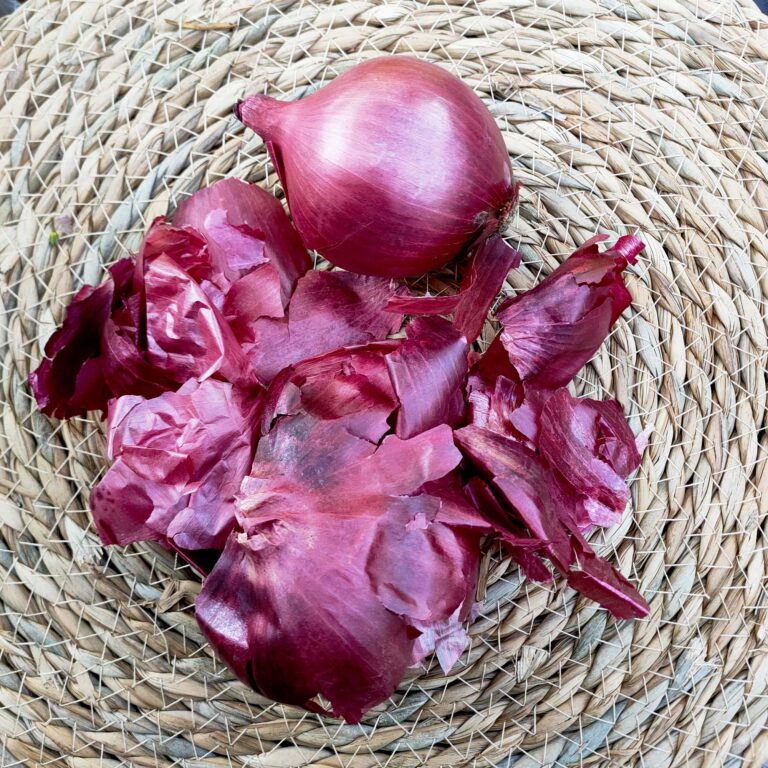Scouring Cellulose Fibres for the Natural Dyeing Process.

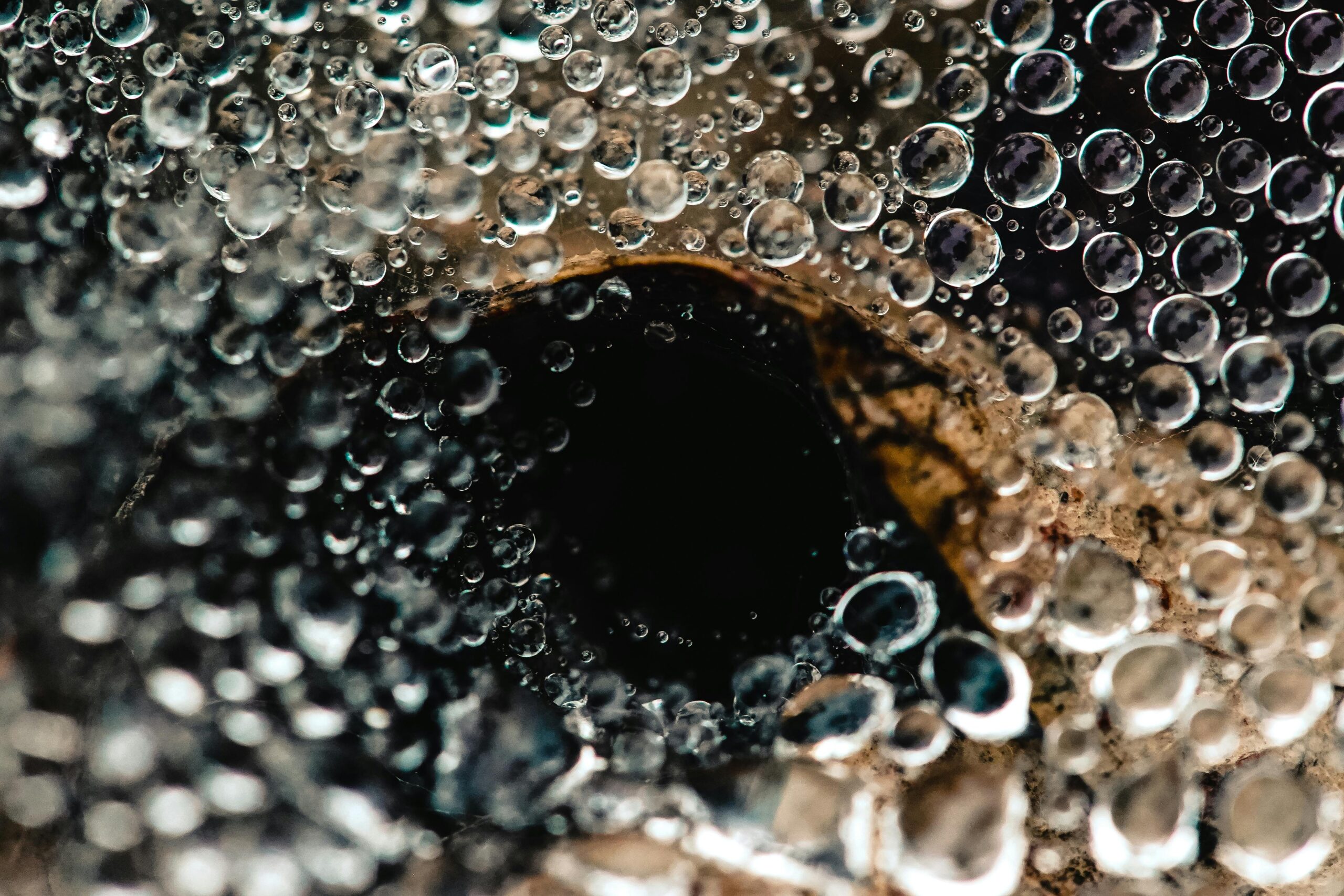
Washing your fibre is the first stage of your fibre preparation for any natural dyeing. The technical term is scouring and is slightly different depending on whether you are going to dye protein or cellulose fibres.
In this post we are going to look at cellulose fibres. This includes all fabrics made from plants. Such as cotton, linen and hemp etc etc. Cellulose fibres are a little harder to dye than protein fibres but some good preparation will help you on the way.
Scouring cellulose fibres
As with most things in life, there are always different ways to achieve the same results. When it comes to scouring your cellulose fibres, we are not only making sure that the fibres are clean. We also want to get rid of any manufacturing wax or oils that have been added. Any of these residues will stop the cellulose cells from absorbing the dye.
To get rid of theses additives we will need heat, which is the main difference between protein and cellulose fibres. The good thing with cotton is that it stands up to heat much better than wool. We don’t need to be so careful in its handling.
The main cellulose fibre that I wash is cotton and I use 2 different methods depending on what I am dyeing. If I am dyeing fabric I will use the washing machine. But if I am dyeing threads I will use the stove top. Some people use both of these methods together and it is definitely something you should try if you are having trouble making your dye attach to the fibre.
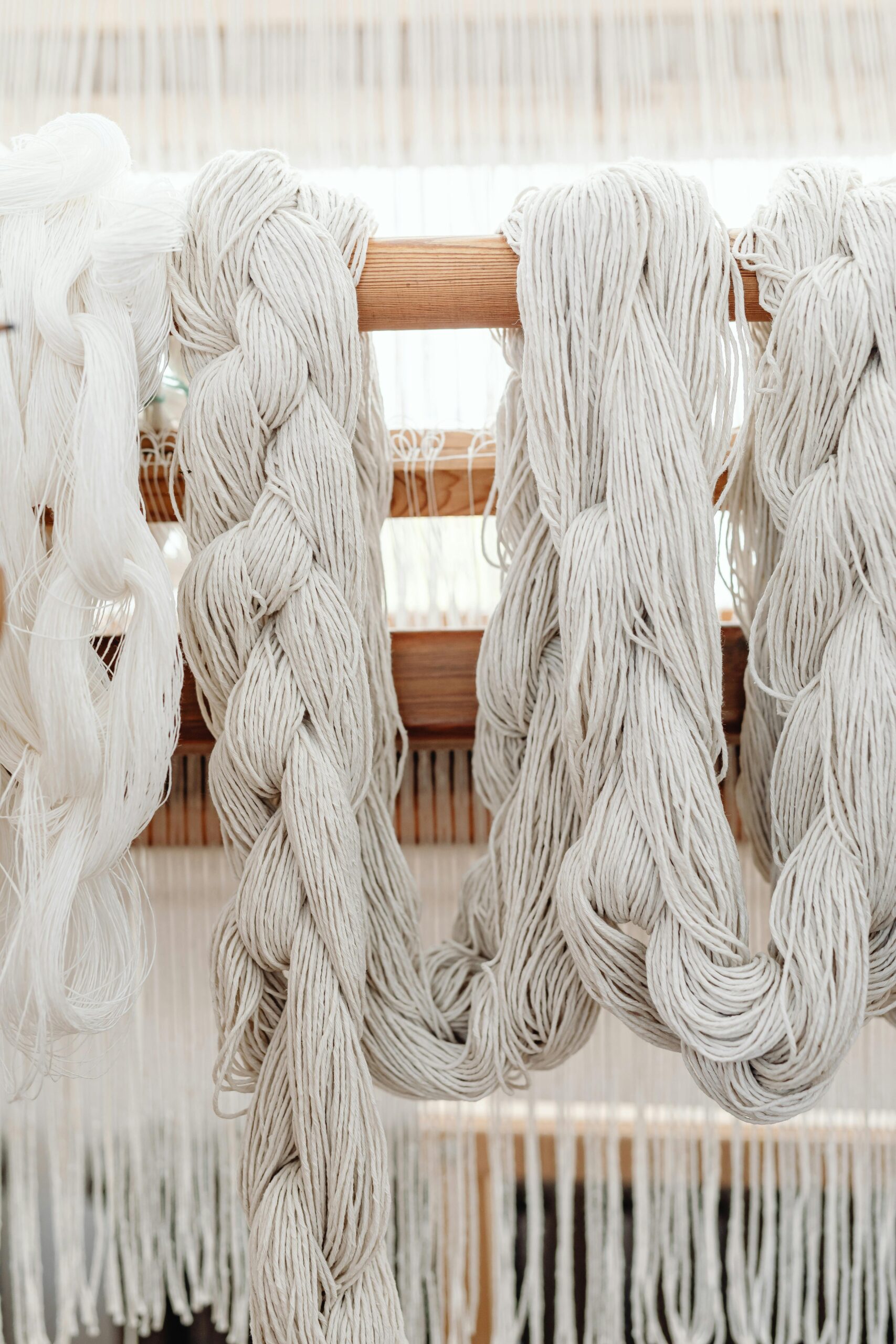
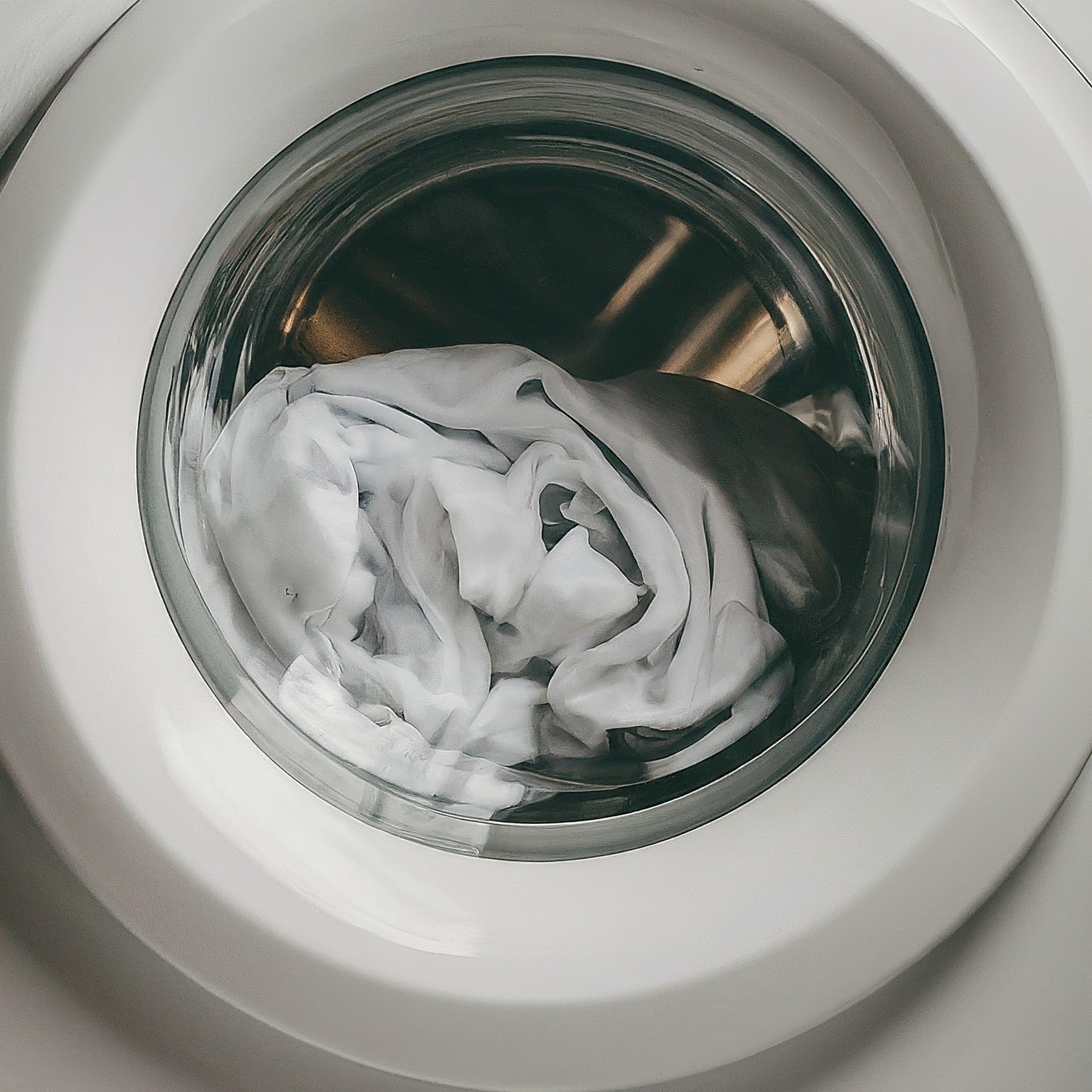
Method 1 : Washing machine
The first thing to do when washing your cellulose fabric is to weigh it. This is called the WOF (weight of fabric). This will help you determine to amount of detergent and washing soda (soda Ash) to use.
Next we need to measure out our detergents. You will need 1% of laundry detergent and 1% of washing soda. So if you have 100g of fabric you will need 1g of each to put into your machine.
You can now wash your fabric on a hot water setting to clean and dewax your fabric. Place your cycle on a hot and long setting for as much chance as possible to remove any excess manufacturing products.
You can now move on to mordanting your fibre or dry it for mordanting later.
Method 2 : Stove Top
In this picture I am scouring some different cotton threads, lace and ribbon which I feel is a little too delicate for the washing machine.
Again the first thing we need to do when washing your cellulose threads is to weigh them and measure out your detergents. Again you will need 1% of laundry detergent and 1% of washing soda. So if you have 100g of fibres you will need 1g of each.
Place your detergents in a pot with warm water. You will need to make sure that it is large enough with enough water for the fibres to move freely and gently around.
Once you have put your fibres into the pot you will normally leave them on the stove for up to 2 hours at around 60 to 70 degrees Celsius. This is about 140 – 160 Fahrenheit.
You can now move on to mordanting your fibre or dry them for mordanting later.

Join us on Instagram www.instagram.com/DyetoCraft
Etsy Shop Now open
If you like the idea of using organic naturally dyed threads in your craft but just don’t have the time, come and have a look at our Etsy Shop where you will find an array of beautiful colours provided by nature.

